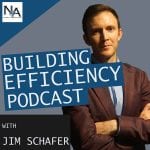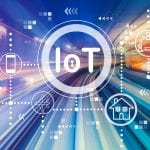Advanced IoT-enabled Controls Terms & Definitions
Helpful IoT-enabled Advanced Controls Terms & Definitions
Chronological time – Chronological time schedules incorporate specific times of the day, week, month or year.
Solar Time – Solar time schedules incorporate sunrise and sunset times, often used to switch outdoor lighting. Solar time scheduling requires that the location of the building be set. This is accomplished using the building’s geographic location via either latitude and longitude or by picking the nearest city in a given database giving the approximate location and corresponding solar times.
Occupancy – Space occupancy is primarily determined with occupancy sensors.
Daylight Harvesting – Electric lighting energy use can be adjusted by automatically dimming and/or switching electric lights in response to the level of available daylight. Reducing the amount of electric lighting used when daylight is available.
Alarm conditions – Alarm conditions typically include inputs from other building systems such as the fire alarm or HVAC system, which may trigger an emergency ‘all lights on’ or ‘ all lights flashing’ command for example.
Program logic – Program logic can tie all of the above elements together using constructs such as if-then-else statements and logical operators.








Recent Comments